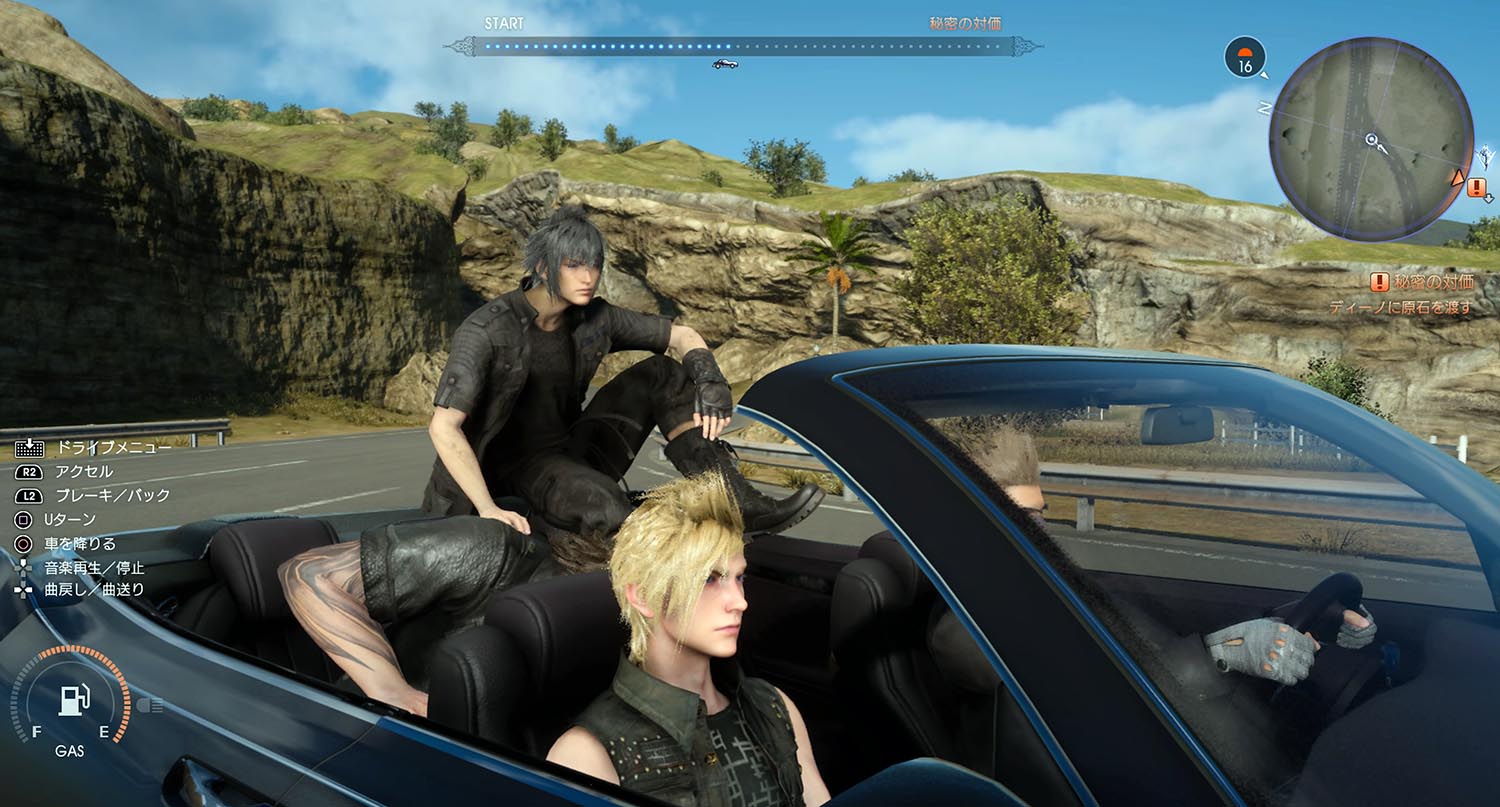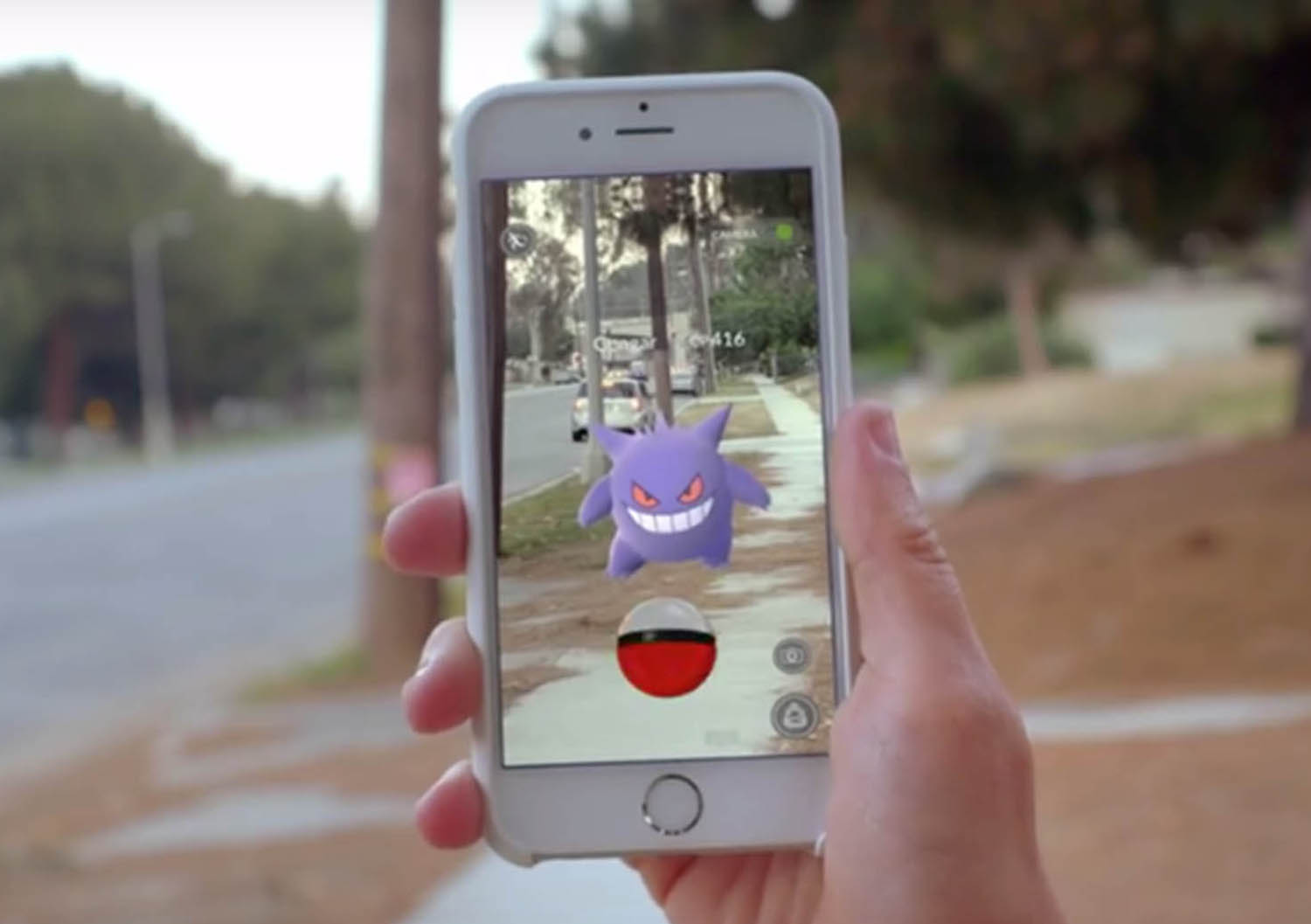Game State is a column by artist Oliver Payne covering the mechanics, aesthetics and ideas of video games.
Warning: The following article features game-ruining spoilers about the game INSIDE (Playdead, 2016). Do not read if you ever intend to play INSIDE.
Orwellian is a term that is frequently used to characterize Playdead’s INSIDE (2016). And so it is: aesthetically and thematically, with dystopian imagery of totalitarian mind control and genetic experimentation, all painted in a powerful monotone. But if the game has something to say about totalitarian regimes and freedom through labor, it’s all in the mechanics rather than the aesthetics.
Essentially INSIDE is a wordless, side-scrolling puzzle-platform game in which you assume control of a silent young boy. Whether he is escaping from or breaking into someplace is unclear. As is everything else in the game. Nothing is explained at any point, and the game’s brief five hours are utterly bereft of any expositional information. All a player can do is rely on the rudiments — keep moving to the right and try to stay alive — two of the primary skills one will have developed playing even a minimal number of video games.
You enable the boy’s survival by navigating consecutive sets of Mario-esque environmental puzzles, but INSIDE’s cause-and-effect mechanics, switches, and platforms are strikingly different from those in the Mushroom Kingdom. The boy is pursued by vicious guard dogs and armed men in trucks through fields and forests full of inky puddles of pig guts, bear traps, and razor wire. Aside from the tonal opposition to the brightly colored, cheerful worlds of the Mario games, not to mention the clear purpose of coin collecting and princess rescuing, another key difference is the placements of checkpoints. INSIDE is forgiving in this regard, promptly putting you straight back to your immediate challenge after each and every gruesome failed attempt. You are not supposed to come at these problems from a different angle; you are simply required to perform them correctly and exactly. There is no room for creative thinking: it’s either precision timing or crush, perfect jumping or splat. Imperfection is always punished with death. Dissidence doesn’t work, and the brutality becomes boring. Better to do exactly as the game wants and just try to move on. That the same horrific death repeatedly results from the same mistake is perhaps the best expression of the game’s sense of humor. This is Orwell’s boot stomping on a face forever.
However, INSIDE is more interested in something beyond mere Orwellian allegory. Rather, through a form of Orwellian proceduralism, the game’s intent is to force the player to reach a state of questioning video games themselves.
It does this in a number of ways, but three moments in its short playtime are crucial.
Early on, the boy comes upon a number of small, wormlike creatures that he can control with his mind. They become an element in solving a puzzle necessary to advance. The same is true with a number of zombified worker drones that the boy encounters a little later in what appears to be a human experimentation lab. In order to control the zombies, the player must have the boy put on a helmet device. Once he has adorned it, the surrounding zombies fall under the command of the boy and sluggishly mimic his movements. Certain puzzles are solved only though herding a mob of bodies into certain spaces or positions. The player pushes left on the directional pad, the boy moves left across the screen, followed by the crowd of possessed. It is a three-tiered chain of command with an explicit objective but an unknown purpose. At this point, the player may have noticed the Droste effect taking hold, but will be unaware of the deeper reason for this. She may simply read the process as a layer within the narrative of the game, an element of the sparse story that will surely become clearer in time.
The third and final moment of this matryoshka-doll-like framework is in the game’s twist ending. In a final scene, the boy encounters a sizable mob of scientists gathered around a huge tank containing a large, writhing, engorged blob seemingly composed of dozens of human bodies. The player leads the boy into the tank, who then becomes consumed by the blob. As the blob engulfs the boy, the player is suddenly and seamlessly in control of the blob itself. The blob handles with a significant heft, propelling itself with its numerous protruding limbs — like rolling a reluctant octopus up a steep hill. The undulating mass slowly groans through button inputs but offers the player no satisfying sense of purchase. Pressing down left on the directional pad starts a very slow roll of the blob leftward, which gathers a painful momentum. Then quickly pressing right initiates a slow rolling stop to a neutral position before shifting its mass toward the right.
Once the blob is freed, by smashing the mass against the glass of the tank, the player rolls the gurgling sac of soma further through the facility, dealing with various impediments and puzzles as they come. The player may think that once the boy is placed into the abyss of bodies, the mise en abyme is complete. After all, the boy is in there somewhere in the heart of the huddle and is perhaps the primary receptor of the player’s inputs that drive the blob.
Eventually, the player finds herself slamming the blob through what turns out to be the final wall. Breaking though this wall puts the blob outside the compound and at the top of a hill, which it rolls down until it comes to rest at the hill’s base beside a water’s edge. And then nothing.
It’s probably closer to two minutes, but it feels like five before the credits roll. The first few moments of this scene are spent furiously pressing every button in a feeble attempt to shift the blob in any direction. The blob pulses and respires perhaps, but otherwise remains utterly indifferent to every command — commands it has seemingly obeyed willingly up until this point. By completely relinquishing all control from the player, it becomes clear that the blob no longer requires the player. And perceived from the blob’s perspective, every action the player has made with the boy, for reasons unknown, was for the benefit of the blob. The game does have a desired outcome that can be defined as a win state — just not for the person playing the game.


